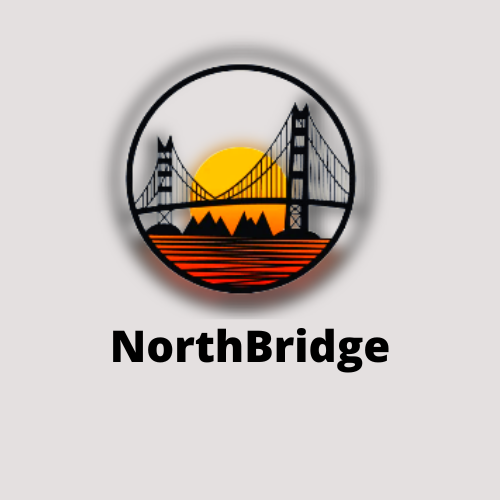Google Drive is an easy-to-use cloud storage system that lets you easily store and share files. But what many businesses don’t know is that Google Drive can also serve as a great marketing tool for both internal and external work. It provides privacy, portability, speed, high reliability, and lots of other amazing features.
How do you make this work? Well, first of all, you should be sending everything you create to Google Drive by default. Then when your marketing department gets the file they want to send, they can just go find it in their cloud, so there’s no confusion down the line about which documents went where.
What are the drawbacks of Google Drive?
There’s no denying that Google Drive is an excellent solution for most companies. However, there are a few drawbacks you need to be aware of before going all-in.
Google Drive is not as powerful as some other cloud storage systems and has a smaller feature list. For instance, Google Drive doesn’t have any collaboration features and can’t be used to create complex dashboards or analytics reports.
Collaboration isn’t baked into Google Drive. User access has to be set for each new user. So if you have a large marketing team, adding and removing access on a day-to-day basis can become a hassle. Not only that, but anyone with access to your account can see every file you have.
As mentioned, Google Drive lacks collaboration features and has limited analytics options. To make up for this, some companies will set up their own servers or use one of the many third-party tools offered by Google Drive competitors. These products may cost more than Google Drive itself, though they are often more powerful and offer higher security protection.
Is a Digital Asset Management Platform the Answer?
So, before you make the commitment to Google Drive and its various features, you need to first see whether or not the company is a good fit for your needs or whether it’s time to upgrade to a full digital asset management platform.
If your marketing department:
- is wasting time trying to find assets
- unsure of who has access to which files
- and is trying to maintain an accurate inventory
Then your company has outgrown Google Drive and would benefit from a digital asset management platform. Here are three good reasons why:
1. Create rules to automate access to files
DAMs can create rules to automatically open up an asset once it has been uploaded. That way, if you have an art director, they don’t waste time trying to find the file and just know where to look when they need it.
2. Improved interface
DAMs offer a much more streamlined interface than Google Drive. This makes it easier for users to maneuver and find the files they need.
3. Better advanced features
A DAM incorporates many of the advanced features companies will need to get the most out of their marketing efforts, like proper asset tracking and analytics reporting.
Google Drive is a solid marketing tool for smaller businesses, but as your team continues to grow and work becomes more complex, you’ll need better tools. That’s when a DAM can come into play. With proper asset tracking and more advanced features, DAMs can help you make better use of your marketing efforts than ever before.





